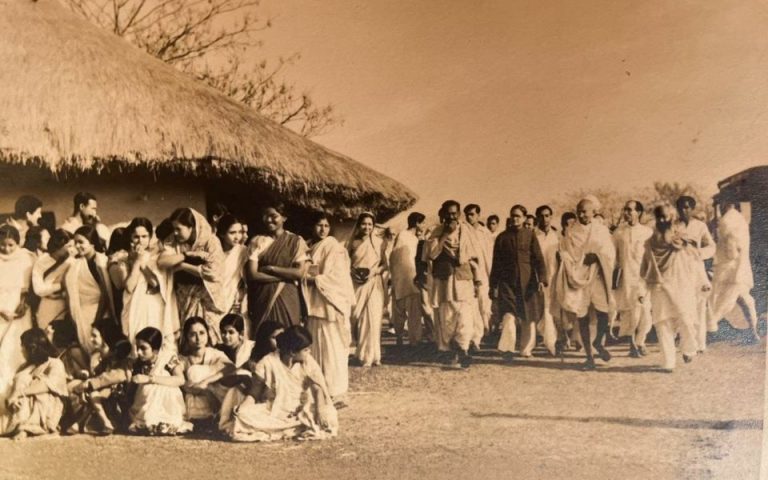
Anand Hingorani had been a follower of Mohandas Gandhi since the age of 13, when he pledged himself to Swadeshi and to wear nothing but khadi all his life
By Saaz Aggarwal
Anand Hingorani (18 March 1907 – 10 May 1999)
Anand Hingorani had been a follower of Mohandas Gandhi since the age of 13, when he pledged himself to Swadeshi and to wear nothing but khadi all his life. 9 years later, as a law student in Karachi, he came further under his spell when Gandhi visited Sindh in February 1929. They met in person shortly thereafter, at the Lahore Congress of 1929, and Gandhi invited him to come and stay at his Sabarmati Ashram.
Anand’s father, Totaram Hingorani, was a civil engineer and had been awarded the title of Rai Bahadur for construction projects he had executed in Baghdad. His income was in the form of a bag of gold guineas, from the government. When he retired, he received a substantial pension too.
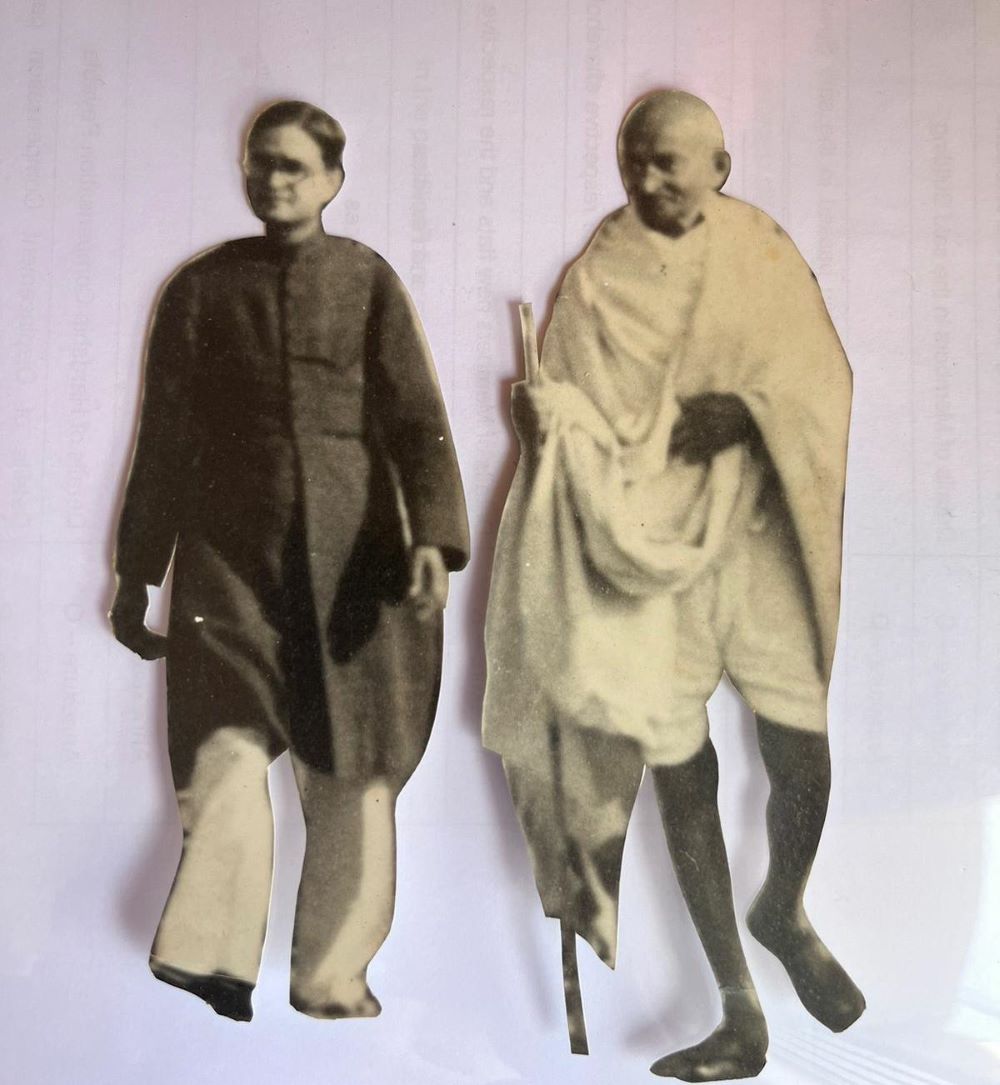 However, Totaram was firm in his support of independence for India. Towards the end of the Second World War, his engineering skills were useful to the Indian National Army, and he advised on the construction of bridges and other matters in Burma. It must have been a disappointment to him that his son quit his studies, but a pride and joy that he left for Sabarmati in January 1930 and, in time, became a pillar of the freedom movement. He first worked as Gandhi’s secretary during the temporary absence of Mahadev Desai.
However, Totaram was firm in his support of independence for India. Towards the end of the Second World War, his engineering skills were useful to the Indian National Army, and he advised on the construction of bridges and other matters in Burma. It must have been a disappointment to him that his son quit his studies, but a pride and joy that he left for Sabarmati in January 1930 and, in time, became a pillar of the freedom movement. He first worked as Gandhi’s secretary during the temporary absence of Mahadev Desai.
Anand also marched with Gandhi to Dandi (the only Sindhi to do so) in the historic salt march, a protest against British rule which defied the salt tax by making salt on the beach. A group of men and women set out from Ahmedabad and walked for 24 days until they reached the seashore at Dandi, where they conducted the illegal activity of making salt, in the presence of large crowds of supporters and the international press. They faced police violence and arrest without fighting back, in the spirit of Ahimsa – non-violence – which was the hallmark of the Indian freedom movement.
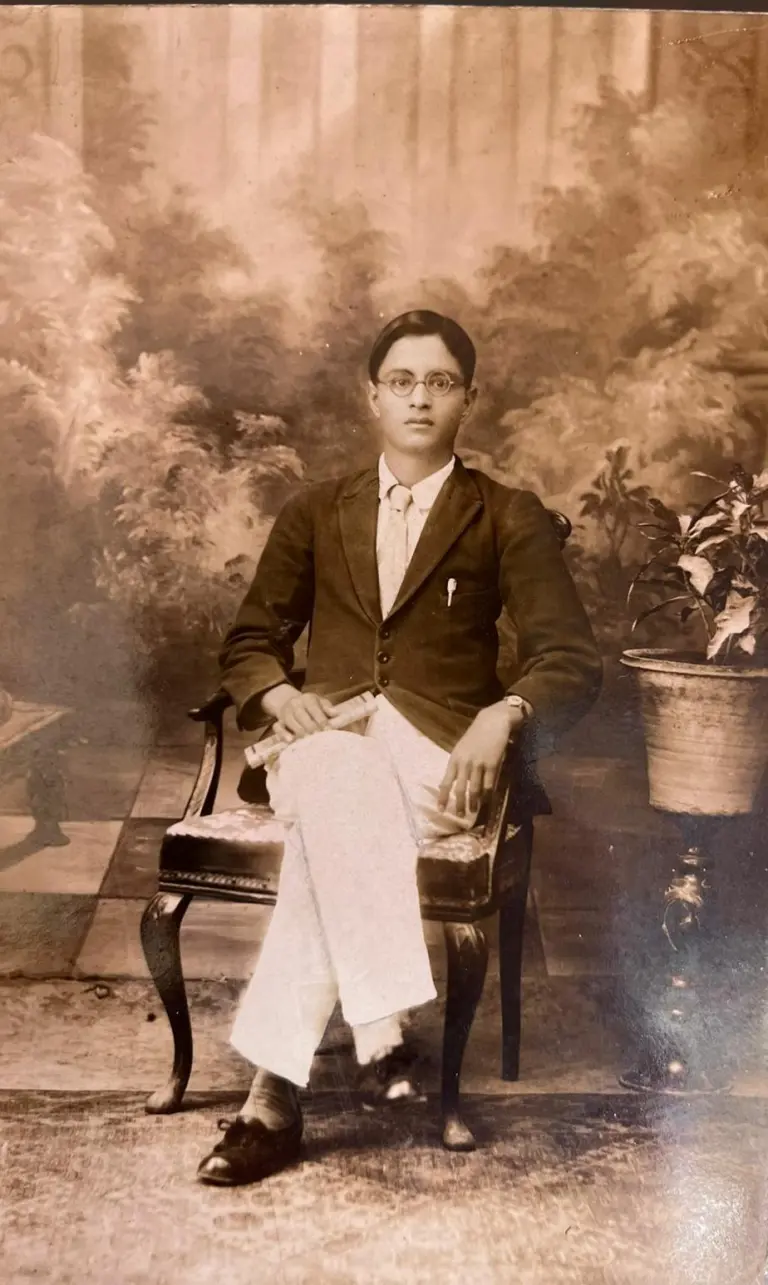 In Sindh, Anand joined the activists who worked in hiding, printing bulletins that contained inflammatory articles to rouse the passion for freedom in their readers. These were considered treasonous and punishable by law. Every few days, dressed in a suit and felt hat, Anand Hingorani boarded the first-class compartment of a train, a privilege generally restricted to the British and highest Indian elite. He behaved like an English gentleman, so no suspicion fell on him. Travelling from Hyderabad to various towns of Sindh, he returned next day, leaving stacks of the bulletins with trusted members of the movement at each station so that they could be circulated to people all over Sindh. Anyone caught with such a leaflet would be jailed for ‘treason’.
In Sindh, Anand joined the activists who worked in hiding, printing bulletins that contained inflammatory articles to rouse the passion for freedom in their readers. These were considered treasonous and punishable by law. Every few days, dressed in a suit and felt hat, Anand Hingorani boarded the first-class compartment of a train, a privilege generally restricted to the British and highest Indian elite. He behaved like an English gentleman, so no suspicion fell on him. Travelling from Hyderabad to various towns of Sindh, he returned next day, leaving stacks of the bulletins with trusted members of the movement at each station so that they could be circulated to people all over Sindh. Anyone caught with such a leaflet would be jailed for ‘treason’.
In time, Gandhi made Anand the editor of his weekly newsletter Harijan for a time. Later, it was he who began compiling Gandhi’s scattered writings, with the blessings of Gandhi, in 1941.
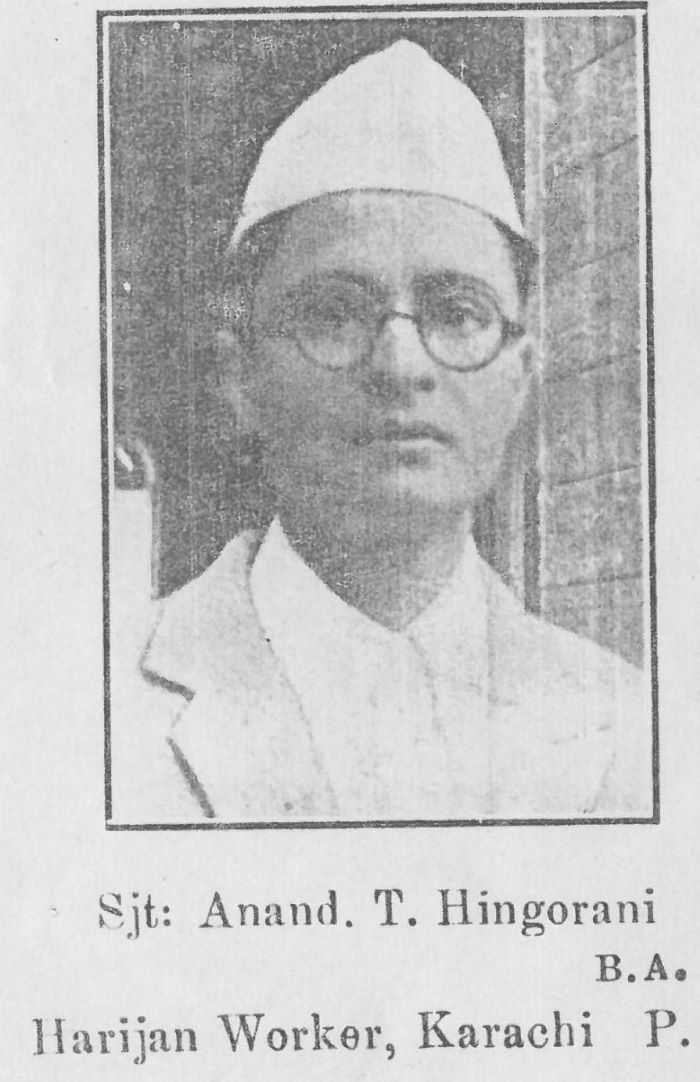 Anand participated in all the Civil Disobedience movements and courted arrest 5 times. He did village and social work, and lived a very humble life in Sewagram Ashram with his wife Vidya. He was in jail in 1933 when he was informed by telegram that his son had been born! He was named Mahadev, the name suggested by Gandhi. Anand was a good looking person with a vibrant personality, soft-spoken but forthright, poetic, and with a sarcastic wit. He loved music, including Sindhi kafis and kalaams.
Anand participated in all the Civil Disobedience movements and courted arrest 5 times. He did village and social work, and lived a very humble life in Sewagram Ashram with his wife Vidya. He was in jail in 1933 when he was informed by telegram that his son had been born! He was named Mahadev, the name suggested by Gandhi. Anand was a good looking person with a vibrant personality, soft-spoken but forthright, poetic, and with a sarcastic wit. He loved music, including Sindhi kafis and kalaams.
Sadly, Vidya suffered from chronic stomach ailments, and succumbed to them in July 1943. Anand was devastated. When he informed Gandhi – who had just been released from confinement by the British at Aga Khan Palace – of Vidya’s demise and how forlorn it had left him, he received the following reply:
No forlornness permissible. God our eternal companion. You can come after ear-treatment.
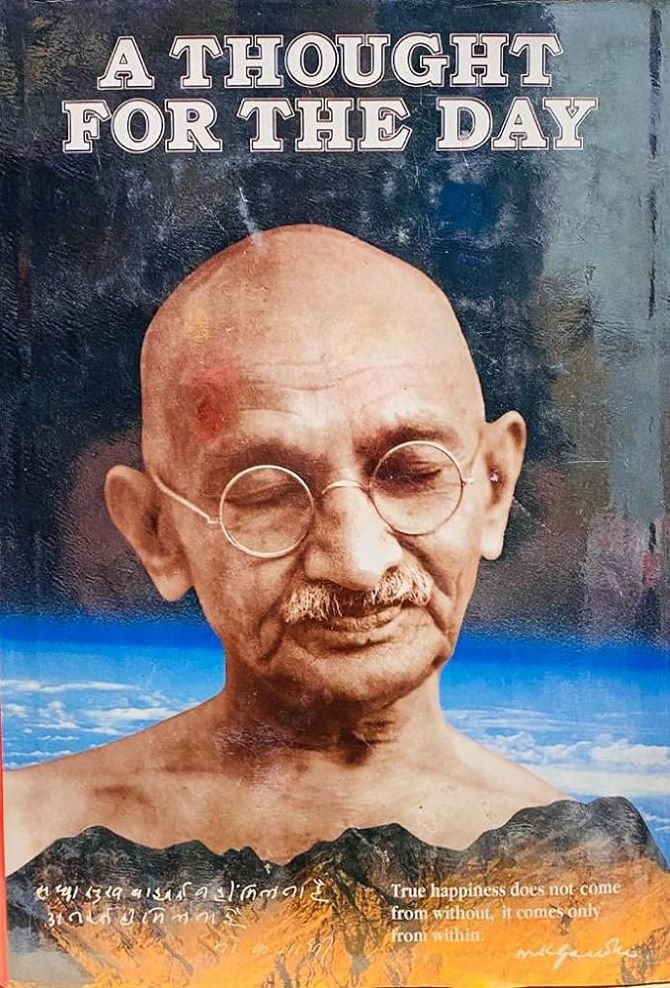 After Vidya’s death, Gandhi sent a hand-written postcard to Anand every single day for two years, to cheer and inspire him and give him solace. A total of 688 “thoughts,” they were compiled into a book by Anand, A Thought For the Day.
After Vidya’s death, Gandhi sent a hand-written postcard to Anand every single day for two years, to cheer and inspire him and give him solace. A total of 688 “thoughts,” they were compiled into a book by Anand, A Thought For the Day.
In fact, it was Anand Hingorani who had begun collecting Gandhi’s writings in a systematic way, an effort which Gandhi had appreciated and blessed. His Gandhi Series was launched in 1941 and met with unstinted acclaim. A Thought For the Day, a collection of sermons from Gandhi to his devoted and beloved disciple Anand, is one of the most unique and precious.
Anand’s imprisonments had left him hearing-impaired. Gandhi encouraged him to attempt various naturopathy cures to heal his ailment, but he would also joke that to be deaf was not a bad thing since it helped to avoid listening to so much that was not worth hearing.
In 1947, when the new Government of India was formed, Gandhi instructed Jawaharlal Nehru, India’s first prime minister, to appoint Anand as a cabinet minister. Anand declined. Instead, he continued to spread the teachings of Gandhi by publishing more than 52 books on Gandhi, creating a storehouse of writings which have been widely appreciated by various dignitaries, world leaders and the common public.
_______________
 Saaz Aggarwal is an independent researcher, writer and artist based in Pune, India. Her body of writing includes biographies, translations, critical reviews and humour columns. Her books are in university libraries around the world, and much of her research contribution in the field of Sindh studies is easily accessible online for example in:
Saaz Aggarwal is an independent researcher, writer and artist based in Pune, India. Her body of writing includes biographies, translations, critical reviews and humour columns. Her books are in university libraries around the world, and much of her research contribution in the field of Sindh studies is easily accessible online for example in:
https://www.sahapedia.org/sindhworkis-unique-global-diaspora https://www.youtube.com/channel/UCZVBQWpTX4Uww1e-ZP_kT8A
http://blackandwhitefountain.com/
Her 2012 Sindh: Stories from a Vanished Homeland is an acknowledged classic. With an MSc from Mumbai University in 1982, Saaz taught undergraduate Mathematics at Ruparel College, Mumbai, for three years. After a career break when she had a baby, during which time she established a by-line as a humour writer, she was appointed features editor at Times of India, Mumbai, in 1989, where she launched Ascent, the highly successful HR pullout of the Times of India Group. From 1998 to 2006, she was HR and Quality Head of Seacom, an Information Technology company based in Pune. As an artist, she is recognized for her Bombay Clichés, quirky depictions of urban India in a traditional Indian folk style as well as a unique range of offerings at the annual Art Mandai event in Pune. Her art incorporates a range of media and, like her columns, showcases the incongruities of daily life in India.
Courtesy: Saaz Aggarwal | Sindh: Stories from a Vanished Homeland